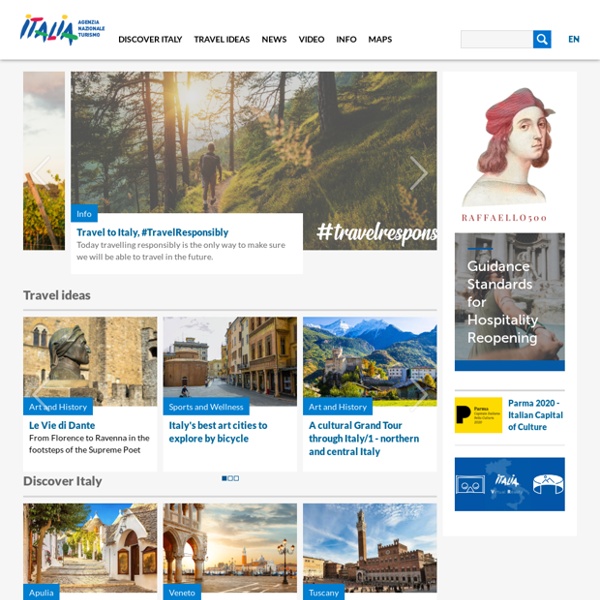



Rome.info > Rome tourist information, Ancient Rome travel guide Cathedrals A cathedral is the home church of a bishop. "Cathedral" is a functional rather than an architectural term and derives from the bishop's cathedra, or seat, that is located there. Our list of cathedrals includes Catholic, Orthodox and Episcopalian cathedrals that are true cathedrals (the seats of bishops) as well as some former cathedrals still commonly called by that name. See our Church Glossary for definitions of terms used to describe cathedral architecture. Below is an illustrated index of the 159 Cathedrals profiled on Sacred Destinations so far. Featured Cathedrals Aachen CathedralAachen, GermanyCommissioned by Charlemagne in 786 AD, Aachen's cathedral is the oldest in Northern Europe and contains several holy relics. Autun CathedralAutun, FranceDating from the early 12th century with later Gothic additions, the Cathédrale St-Lazare is a pilgrimage church (for relics of Lazarus) famed for its splendid sculptures by the Romanesque sculptor Gislebertus. All Cathedrals (View on Map)
German autobahns A German autobahn sign A map of the German autobahn network The Autobahn (German: Autobahn, plural Autobahnen) is the federal controlled-access highway system in Germany. The official German term is Bundesautobahn (plural Bundesautobahnen, abbreviated BAB), which translates as "federal motorway". German autobahns have no federally mandated blanket speed limit,[1]—although limits are posted (and enforced) in areas that are urbanized, substandard, accident-prone, or under construction. Germany's autobahn network has a total length of about 12,845 kilometres (7,982 mi) in 2012,[7] which ranks it among the most dense and longest systems in the world. Names[edit] Only federally built controlled-access highways with certain construction standards including at least two lanes per direction are called "Bundesautobahn". Construction[edit] A typical route-number sign Pattern of autobahns 10 to 999 The current autobahn numbering system in use in Germany was introduced in 1974. History[edit]
Glowing Footsteps on the Beach on Vaadhoo Island, Maldives Vaadhoo Island, Maldives. The divine group of islands attracts vacationers from all around the world to spend some unforgettable time here. But the beach on the Vaadhoo Island is also famous for a rare natural phenomena – glowing tides, that rinse the shore at night. The reason for this is the marine microbes – phytoplankton, that is bioluminescent and emanates this soft blue glow. Why to go there? One of the best places to relax, where idyllic nature, this glowing beach and hundreds of best resorts are found. When to go there? Anytime – the weather in Maldives is perfect all year round. How to get there? The island is next to Male and the airport. Photo by Unknown Photo by Doug Perrine
A Unique Underwater Waterfall in Mauritius Underwater Waterfall, Mauritius. The remote island in the Indian Ocean, 2,000 km (1,200 mi) away from Africa, is a very attractive tourist destination. The underwater waterfall, located on the southwestern shore, might serve as a signature of Mauritius. Why to go there? The tourists are offered to relax in the white sandy beaches and enjoy the warm water, explore the mountains, a reef and underworld world. When to go there? The weather is pleasant and beach-friendly all year round. How to get there? Get there by plane to Mauritius Airport. Visit: Mauritius Tourism Stay at: One&Only Le Saint Géran, Four Seasons Resort Mauritius, Hilton Mauritius Resort & Spa, Maritim Hotel Mauritius Photo by Unknown